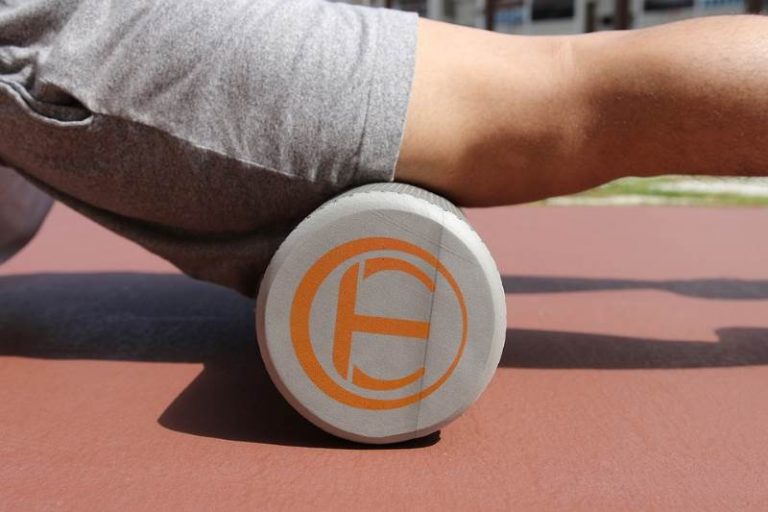
A Pain in the Achilles
A Pain in the Achilles
Pain in the rearfoot can arise from several sources – the most common site is in the mid-portion of the tendon, or at its insertion point at the heel. Classically, the tendon becomes thickened, stiff and very tender to touch. Other conditions that can cause pain in this region are bursitis, and rarely – a neuroma in the nerve that runs along the inside of the tendon.
The term “Achilles tendinitis” is somewhat misleading, “itis” meaning inflammation. Often, the tendon’s cellular make-up is degraded, and the more accurate term would be “tendonosis”, or “tendinopathy”. This is why anti-inflammatory medications often don’t work – as the underlying problem may not be inflammation.
There are several factors that predispose to Achilles tendinopathy: years of running (runners have a 30 times greater risk of tendinopathy), a recent change or poor choice of footwear, excessive calf tightness or calf weakness, and most commonly – a sudden increase in activity, such as speed, distance or volume of uphill running. Non-runners can develop Achilles pain – some have feet that pronate excessively. In over-pronators, a whipping motion of the heel is created which produces strain in the mid-portion of the Achilles tendon.
Your physiotherapist can provide several different treatment options for Achilles tendinopathy. These vary according to the location of the lesion and whether the condition is acute or chronic. A physiotherapy assessment is helpful to identify whether there are biomechanical factors that have contributed to the problem. It is important to rule out a partial tear – which may require a diagnostic ultrasound to determine.
An eccentric heel drop program works very well with chronic tendinopathy in the mid-third of the Achilles tendon. This is a graded exercise protocol. The heel is lowered over the edge of a step repeatedly, one set with the knee flexed, another with the knee straight. The volume of repetitions and speed are increased over time, generally 6-8 weeks.
Therapeutic ultrasound, and friction massage, performed by your physiotherapist, can help. Both provide an increase in the volume of collagen, an important component of tendon tissue. If tight areas in the calf muscles are found, massage, acupuncture and soft tissue release can help. Other issues in the rearfoot, such as a stiff subtalar joint (just above the heel) can be mobilized to help improve shock absorption. In some cases, a temporary slight heel lift can provide short-term relief. Kinesiotape, a one-way stretch tape applied along the tendon and margins of the calf muscle often provides immediate reduction in pain as the tendon is repairing. Relative rest and a change in training patterns for runners is critical in many cases to allow the cells in the tendon to repair and regenerate.
In cases where the tendon problems don’t respond to conservative therapy, there are other medical options available.



